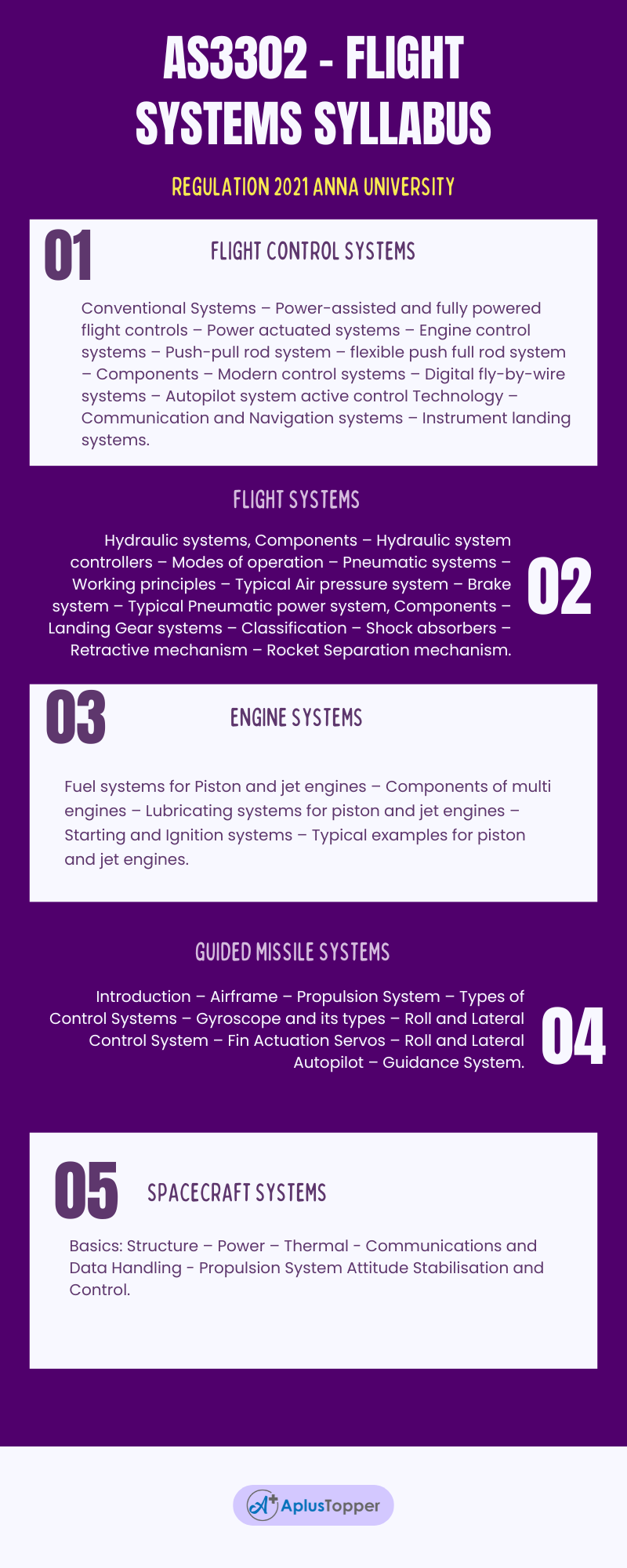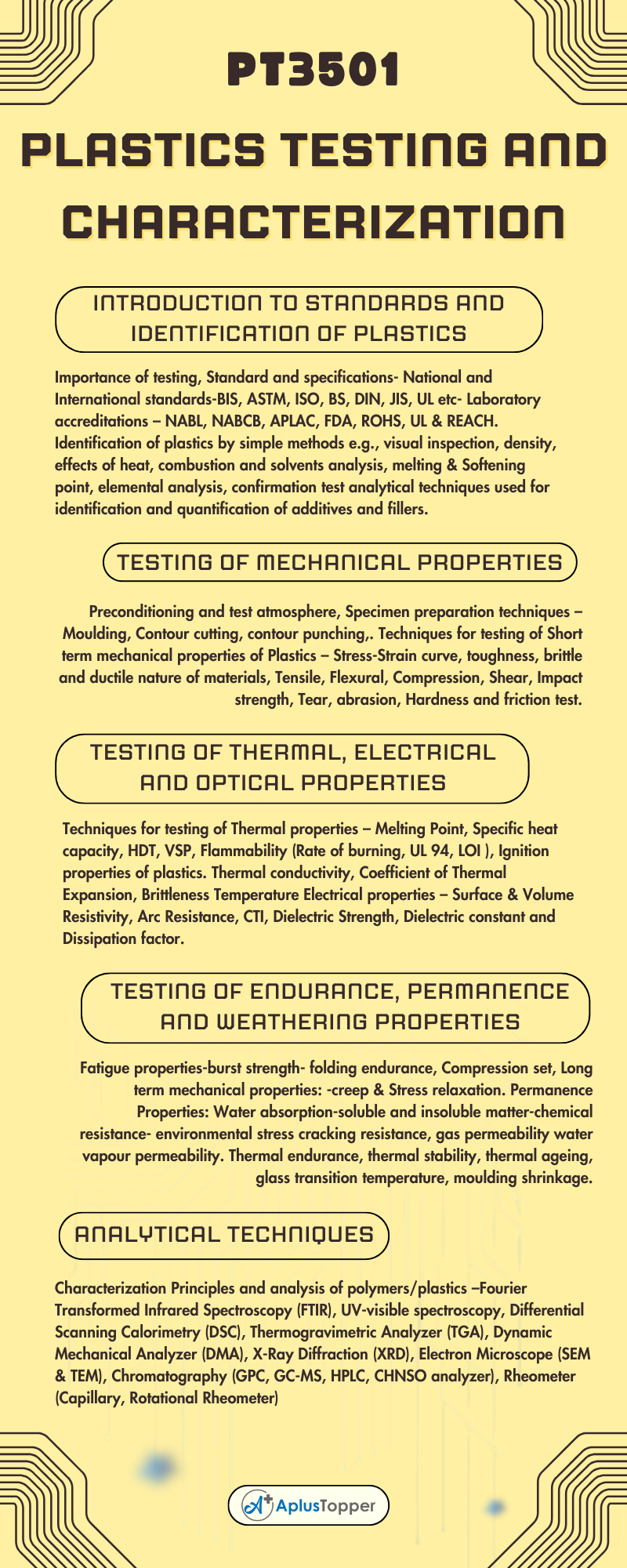Oxidation and Reduction in Chemical Cells
Oxidation and Reduction in Chemical Cells In a simple voltaic cell, two different metals are in contact with an electrolyte. The more electropositive metal will become the negative terminal while the less electropositive metal will become the positive te…
Changing of iron(II) ions to iron(III) ions and vice versa
Changing of iron(II) ions to iron(III) ions and vice versaIron exhibits two oxidation numbers (a) +2 as iron(II) ion, Fe2+ (b) +3 as iron(III) ion, Fe3+An aqueous solution containing iron(II) ions, Fe2+ is pale green in colour, whereas that containing ir…
Oxidation and Reduction in Electrolytic Cells
Oxidation and Reduction in Electrolytic Cells In an electrolytic cell, an electric current is passed through an electrolyte using electrodes.The electrolyte may be a molten ionic compound or an aqueous solution containing ions.The electrodes are usually …
Electrolytic and Chemical Cells
Electrolytic and Chemical CellsRedox reaction occurs in both electrolytic and chemical cells.An electrolytic cell is a device that uses electricity from an external source to drive a redox reaction.On the other hand, a chemical cell is a device that use…
Application of the reactivity series of metals in the extraction of metals
Application of the reactivity series of metals in the extraction of metals Application of the reactivity series of metals towards oxygen in the extraction of metals: Only a few metals such as platinum, gold and silver are found free in nature. Other meta…
The Reactivity Series of Metals Towards Oxygen
The Reactivity Series of Metals Towards Oxygen The reactivity of metals differs from one metal to another. In fact, the form in which a metal occurs in nature depends on its reactivity.Gold has very low reactivity and therefore can be found in its metall…






